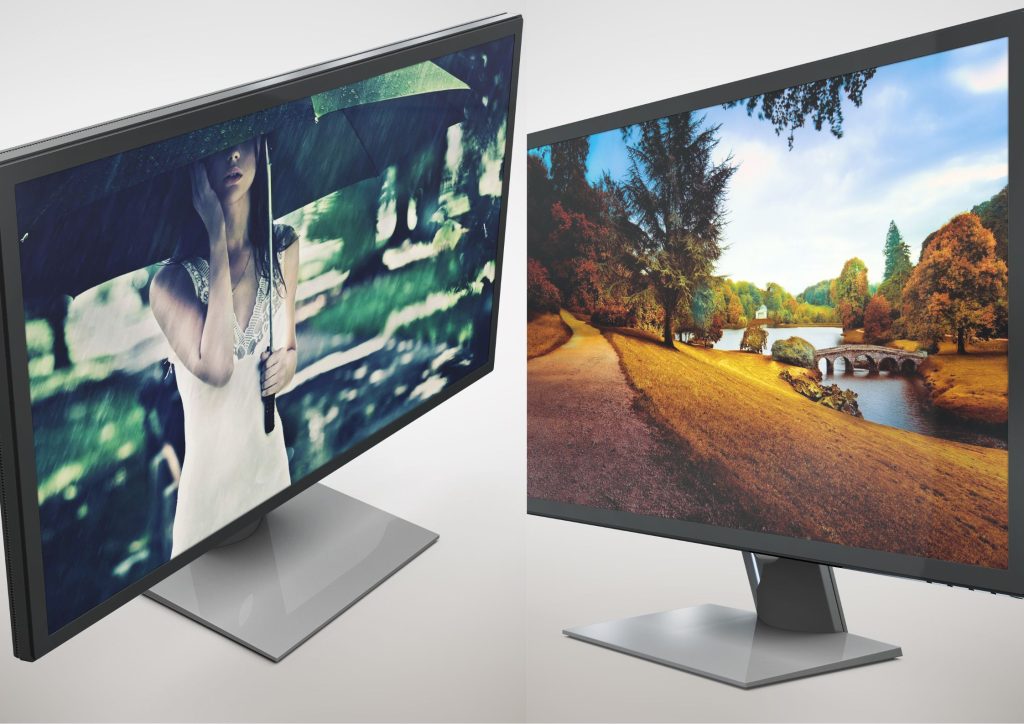

What’s the Difference Between LCD and LED?
Welcome to the world of LCD and LED technologies, where the power of captivating visuals comes to life. These widely acclaimed technologies have revolutionised how we perceive texts and images, seamlessly integrated into our everyday electronic devices.
From immersive televisions to portable laptops and smartphones, LCD and LED screens dominate the scene. That is why understanding these two screen types is paramount especially for those planning to buy a new screen or seeking to restore their cracked laptop screen or even mobile screens. So, let’s dive and explore the world of LCD and LED screens. In this article provide an explanation of the distinctions between LED and LCD and offers a brief definition of each.
LED: LEDs are electronic components that produce light when an electrical current flows through them. LEDs have transformed various industries with advantages like a long lifespan, energy efficiency, and no UV radiation. LED displays, a prominent application, revolutionised the television industry and have since become widely used in advertising, entertainment, and information dissemination. These displays offer exceptional brightness, colour accuracy, and flexibility while consuming minimal power and posing no UV radiation risks. Ongoing advancements in LED technology promise even greater possibilities for the future.
If you want more details, we recommend you visit nearby Computer Stores in Adelaide; they will guide you thoroughly.
LCD: LCD stands for Liquid Crystal Display, a technology that employs liquid crystals to generate visual displays. LCDs are widely used in devices such as televisions, laptops, and smartphones due to their slim profile and energy efficiency. Unlike some other display technologies, LCDs do not produce light on their own and require additional light sources, typically backlighting, to illuminate the screen. This enables LCDs to offer vibrant and detailed visuals with millions of colours. However, LCDs have slower response times compared to certain display technologies, resulting in potential motion blur or lag when rendering fast-moving content.
Difference Between LED & LCD
| LED | LCD | |
| Definition | An LED is a diode that emits visible light when an electric current passes through it. This light is then utilised as a backlight to display information through text and images. | An LCD is a display technology that uses a mixture of solid and liquid substances to show text and images. |
| Lighting Mechanism | LED (Light-Emitting Diode) screens use tiny light-emitting diodes to produce light directly, illuminating the display | In contrast, LCD (Liquid Crystal Display) screens do not emit light themselves but require a separate backlighting system to illuminate the liquid crystal panel. |
| Response Time | LED screens generally have faster response times compared to LCD screens. | LCD screens, due to their reliance on liquid crystals and additional layers, may exhibit slightly slower response times, leading to potential motion blur or ghosting effects, especially in fast-paced content. |
| Colour Accurany | LED screens tend to offer higher contrast ratios and better colour accuracy. This is because each LED pixel can turn on or off individually, resulting in deeper blacks and more vibrant colour | LCD screens, although capable of producing a wide range of colours, may struggle with achieving the same level of contrast and color accuracy due to the presence of the backlight. |
| Viewing Angle | LED screens typically offer wider viewing angles, meaning the picture quality remains consistent even when viewed from different angles. | LCD screens may experience colour shifts and reduced visibility when viewed off-centre. |
| Energy efficiency | LED screens are generally more energy-efficient compared to LCD screens. This is because LEDs can selectively emit light, allowing for better control of brightness levels and reducing power consumption. | On the other hand, LCD screens require constant backlighting, which consumes more energy. |
| Resolution | The LED technology boasts of exceptional resolution capabilities. | On the otherhand, the resolution of LCD displays is not very high. |
Conclusion: When purchasing a new monitor, it is crucial to consider the necessary characteristics. LED monitors offer benefits like improved image quality, faster response time, and longer lifespan, even though they may be initially more expensive than LCD alternatives. To learn more, you can visit a computer store nearby.

